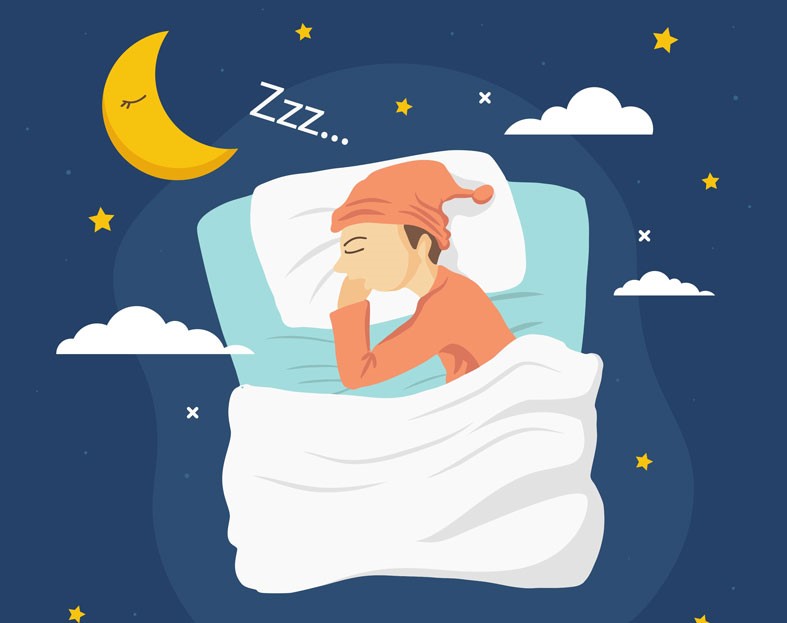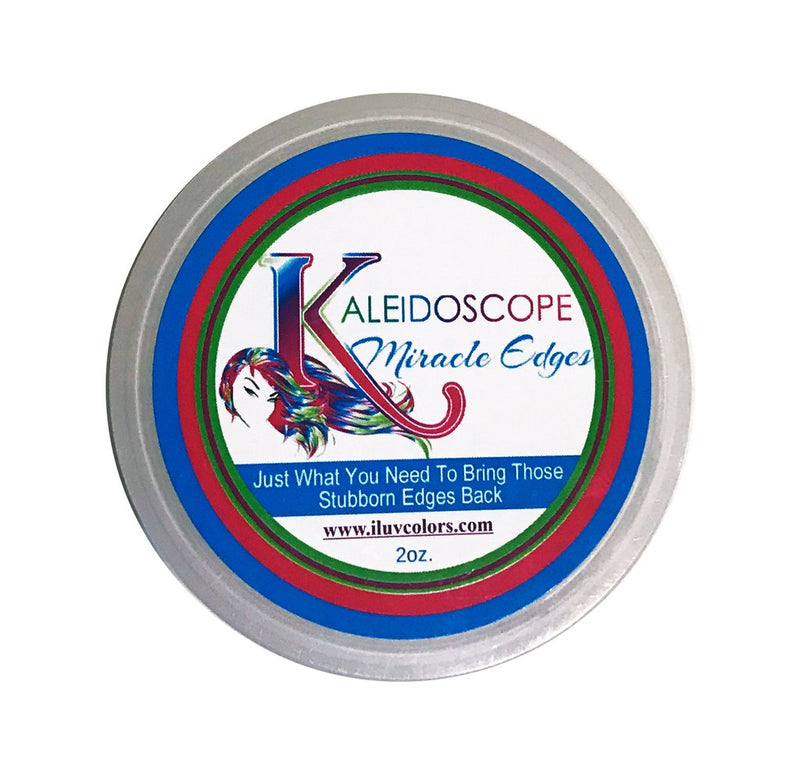Table of Content
Don’t put off preparing for your sleep study until the actual night. It may actually help to pretend you are getting ready to take the test the night before. If you do this, then you can take the following day to seek any answers or clarification you may have prior to the actual recording. You’ll reach an online ordering page where you can easily add a sleep study to your cart from your computer, tablet, phone, and most other internet-enabled devices, similar to online shopping. Obstructive Sleep Apnea , a condition where muscles and soft tissue can block the airway during sleep.
If you are experiencing symptoms of OSA or another sleep disorder, make an appointment with your doctor. You might consider bringing in a sleep diary that contains a record of your sleeping habits. If your doctor thinks you could have sleep apnea, they will refer you to a sleep specialist or sleep clinic. People undergoing a home sleep apnea test should be aware that most of the time, these tests are not capable of identifying patterns of sleep versus wake.
Related Tests
You may ask them questions about home sleep apnea testing and how it compares to polysomnography in terms of cost, insurance coverage, convenience, and accuracy. If they think home sleep apnea testing is right for you, they will order the test. After the test is completed, the equipment must usually be returned, although some newer tests are disposable. A sleep specialist will analyze the data to see if you meet the criteria for obstructive sleep apnea.

I loved that the home sleep test device was was able to capture the data without all of the extra cords from a traditional home sleep test device. The two major categories are mandibular advancement devices and tongue stabilizing devices. These work by moving your lower jaw or tongue forward to decrease the obstruction in the back of your throat. If you don’t yet have a Baptist Health doctor, you can find one online using our provider directory.
About this article
You’ll get a few different results back from your at-home test. Some of these results will be fairly straightforward, like your pulse, temperature, and oxygen levels. The key result is your AHI, which stands for apnea/hypopnea index.

There are certain steps you can take at home to see if you have sleep apnea. Once you are sure that something isn’t right with the way you breathe at night, then you can easily make an appointment with your doctor for further consultation. Our experts continually monitor the health and wellness space, and we update our articles when new information becomes available. Healthline has strict sourcing guidelines and relies on peer-reviewed studies, academic research institutions, and medical associations. You can learn more about how we ensure our content is accurate and current by reading our editorial policy.
At-Home Sleep Apnea Testing as the Key to Effective Treatment
Try to set aside at least 8 hours for sleeping so that you can get accurate results from your test. Attach any sensors and monitors to your body as instructed, then turn on the equipment so it can monitor your sleeping and breathing patterns overnight. Once the data has been analyzed, your doctor or sleep specialist will discuss the results with you. They might give you a sleep apnea diagnosis and prescribe treatment such as a continuous positive airway pressure machine. Alternatively, they might inform you that your results were negative or inconclusive. In the case of negative or inconclusive results, you might be asked to undergo an in-lab sleep study.
However, since an in-lab sleep study gathers more data, it is more likely to pick up on symptoms of obstructive sleep apnea or other conditions. Two types of studies can potentially detect obstructive sleep apnea. The first is an overnight sleep study in a lab or hospital, called polysomnography.
How Sleep Works
After you get the results of your sleep apnea test, your doctor may refer you to a specialist. Follow your doctor’s advice to make sure you get the right treatment. You may need to see multiple specialists to get a complete diagnosis.

If you do wake up in the middle of the night, check the components again. Put the tubes or clip back where they belong if they fall off in the night. After your doctor gets you the HST device, you’ll have to take it home and secure it to yourself. Slide the kit around your torso and secure these straps around your chest. Orient the machine so that it sits on top of your ribs.In most cases, the apnea monitor should fit snuggly above your stomach and at the lower part of your breast bone. Sleep apnea is a common sleep disorder where you stop and start breathing randomly in your sleep.
The best rule is to try to get at least 3 straight hours of uninterrupted sleep for more accurate results. Choosing to take the leap and get yourself tested for sleep apnea can be both overwhelming and stressful, but fear not. We have compiled a list of ways you can be completely prepared for your sleep apnea home test and ensure that you know exactly what you need to do before, during, and after your home sleep study.

Another option is wearing an oral appliance designed to keep your throat open. CPAP is more reliably effective than oral appliances, but oral appliances might be easier to use. Some are designed to open your throat by bringing your jaw forward, which can sometimes relieve snoring and mild obstructive sleep apnea. If you have obstructive sleep apnea, your doctor might refer you to an ear, nose and throat doctor to rule out blockage in your nose or throat. An evaluation by a heart doctor or a doctor who specializes in the nervous system might be necessary to look for causes of central sleep apnea.
A home sleep apnea test can vary depending on who orders or administers it. The process generally involves meeting with a medical professional, receiving the equipment, carrying out the test at home, and then meeting again with your doctor to discuss the results. The current sleep test categorization system does not account for certain measurements obtained by alternative tests, like the ARES or WatchPAT. Therefore, a new system for evaluating sleep tests has been proposed. This system’s name is an acronym — SCOPER — for the measurements it includes, which are those related to sleep, cardiovascular, oximetry, position, effort, and respiratory activity. Your WatchPAT will be delivered to you in the mail, after which Lofta will schedule a video appointment with a physician.

No comments:
Post a Comment